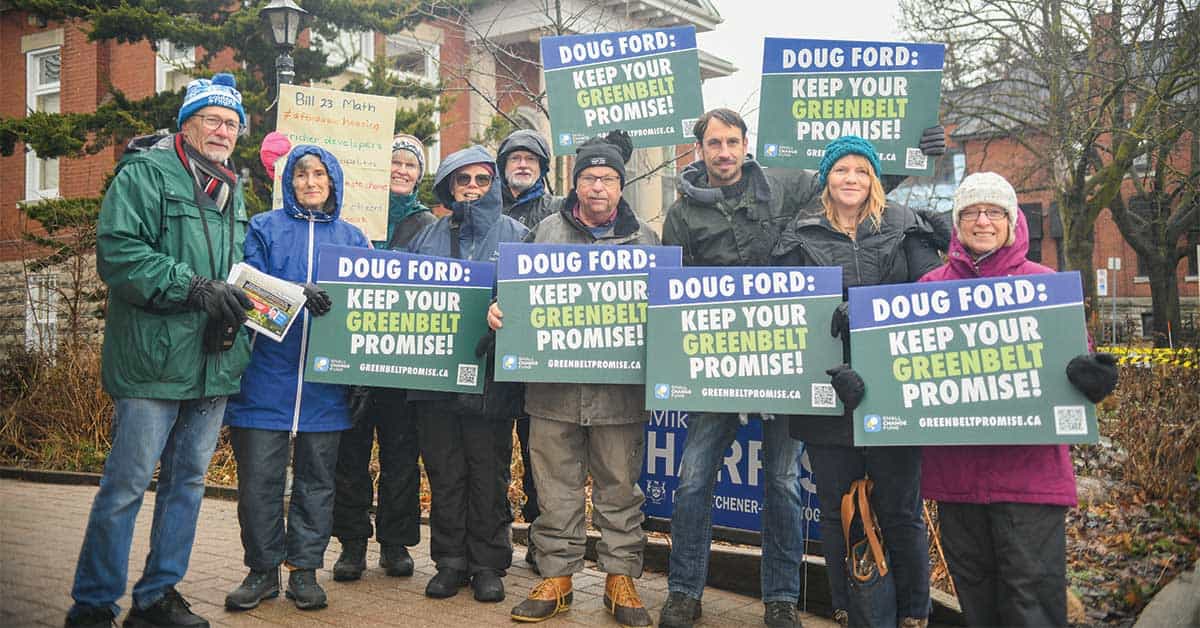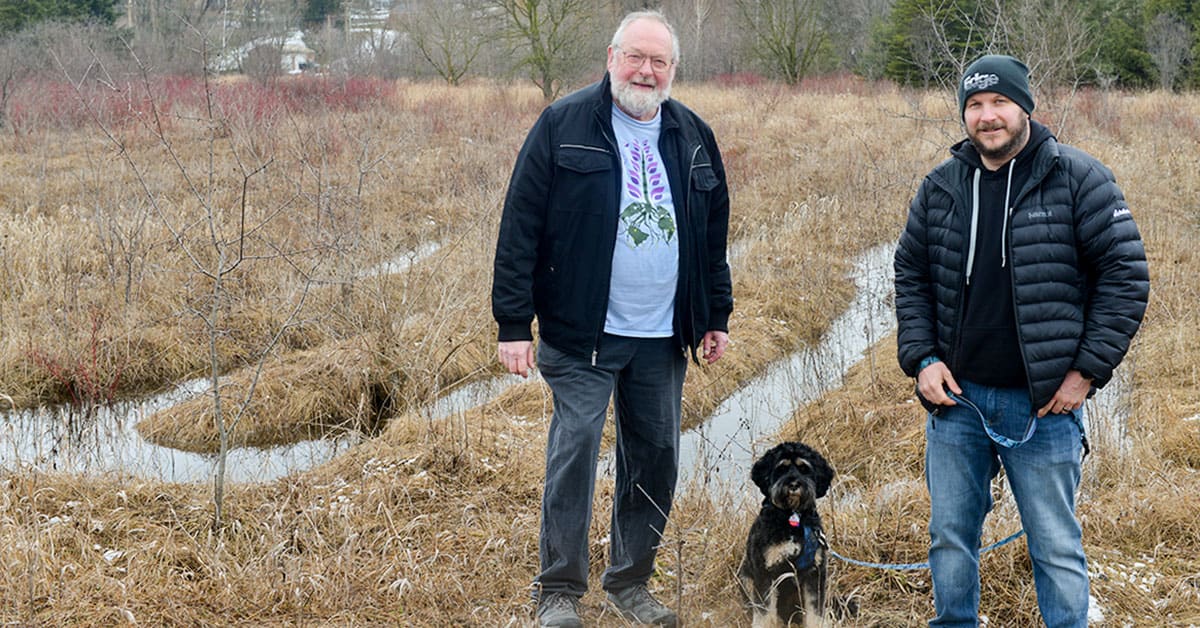Ottawa’s possible intervention is welcome news for opponents of Doug Ford’s development plans in the Greenbelt.
Federal Environment Minister Steven Guilbeault says he doesn’t believe the Ontario government’s claims about the need to build homes on the Greenbelt, calling for an impact study on development near Rouge National Urban Park.
“The minister heard numerous concerns from Indigenous groups, farmers and non-governmental organizations who have a historic, cultural and present-day connection with the park,” said Stéphanie Duchesne, a spokesperson for the Impact Assessment Agency of Canada (IAAC). The IAAC is working with the ministry and Parks Canada to design and implement the study.
“The concerns are that the removal of land from the Greenbelt could create irreversible harm to wildlife, natural ecosystems and agricultural landscapes both within Rouge National Urban Park, as well as reduce the viability and functionality of the park’s farmland,” she said.
“The goal of the study is to assess and understand the potential effects of past, ongoing, and potential future development on the integrity of the park and on the park’s management objectives. The study would also consider potential effects on other areas of federal jurisdiction, including on fish and fish habitat, migratory birds and federal lands.”
Duchesne said the study will focus on the matters with the greatest impact on the areas in question under federal jurisdiction. “It may be used to inform legislative mechanisms that may be triggered in the future.”
She noted information from the study will be accessible to the public and there will be opportunities for the public to participate.
She said the proposed approach and scope for the study is being developed now by staff with the IAAC, Parks Canada and the federal ministry of Environment and Climate Change. The proposed approach for the study will be provided to the minister by the end of June 2023.
Mike Marcolongo is a spokesperson for the Keep the Greenbelt Promise Campaign. He said the largest Greenbelt area slated by the province for development removes the Duffins-Rouge Agricultural Preserve, about 4,700 acres of prime agricultural land next to an ecologically sensitive area in the park. The preserve is made of land set aside intentionally to provide affordable agricultural land.
Other land taken out by the provincial government’s plan include a few hundred acres at the headwaters for the Rouge River, said Marcolongo.
“The Duffins Rouge Agricultural Preserve lands border one of the most ecologically sensitive areas in the park which is home to many federally and provincially listed species at risk including the bank swallow, eastern meadowlark, wood thrush, red-headed woodpecker, monarch butterfly and several species of bats. It is also identified as “critical habitat” for the blanding’s turtle, a threatened species under the federal Species at Risk Act. The potential effects of development projects adjacent to the park should be understood and shared,” said Duchesne.
The Ford government says taking this land out of the Greenbelt was necessary to meet the target of building 1.5 million new homes over the next 10 years. They say this target is necessary to accommodate the federal government’s aggressive immigration targets.
“Ontario, like the rest of Canada, is in a housing crisis. While the crisis did not happen overnight – the time to act is now. We cannot continue to delay critical infrastructure and new housing projects with endless studies and debate. Recently, the prime minister acknowledged the status quo is not working and noted the need for all levels of government to work together, using every tool at our disposal, to address the housing crisis. We could not agree more,” said Kasia Kaminska, a spokesperson for Mike Harris, MPP for Kitchener-Conestoga.
“Our proposed changes will build more than 50,000 new homes, and hundreds of millions of dollars in new public infrastructure and expand the Greenbelt by 2,000 acres. As previously noted by the federal government, the readily developable lands in question are not connected to the Rouge National Urban Park. As they should also be aware, any development on these lands must avoid impacts to species at risk and comply with the Endangered Species Act.
“While we know that the federal government shares our goal of building 1.5 million homes in Ontario over the next 10 years while expanding the Greenbelt by thousands of hectares, particularly at a time when it has set ambitious new targets for immigration, we need to work collaboratively to meet that goal.”
Kevin Eby, former director of community planning for the Region of Waterloo, released a report in February finding that the Greater Golden Horseshoe has 350 square kilometres of unbuilt greenfield already included in the settlement boundary, and that the Greater Golden Horseshoe has existing capacity to build more than two million homes, which exceeds the province’s goal to build a million homes in the Greater Golden Horseshoe as part of its 1.5 million goal.
Kevin Thomason is the vice chair of the Grand River Environmental Network. He says people in Waterloo Region should pay attention to what’s going on with Rouge Park.
“I think for us (in Waterloo Region), there’s still a lot of unanswered questions for our area. We have, for example, our regional official plan, this incredible, sustainable 30-year plan for the future,” he said.
“But the province has yet to approve that, and as we saw in Halton and Hamilton, the province didn’t like their plans for sustainability, for no farmland loss, for no boundary expansion and instead forced thousands of acres of boundary expansion.
“And so there’s a chance that could happen here too. And instead of our plans for sustainability, focused (growth) within our core areas, we could suddenly see where Waterloo is forced to annex thousands of acres of Woolwich Township or whatever. We have no idea what the government might foist on us.”
A rally is scheduled for April 2 at 2 p.m. at the Inn of Waterloo to protest the provincial government’s forced urban sprawl.









